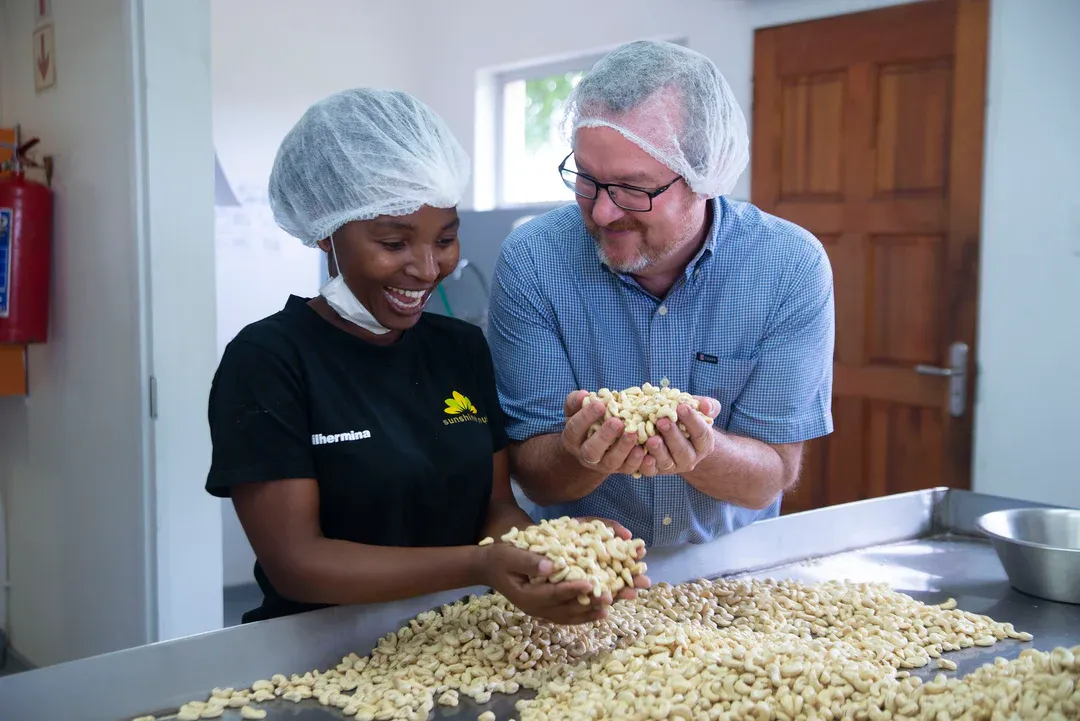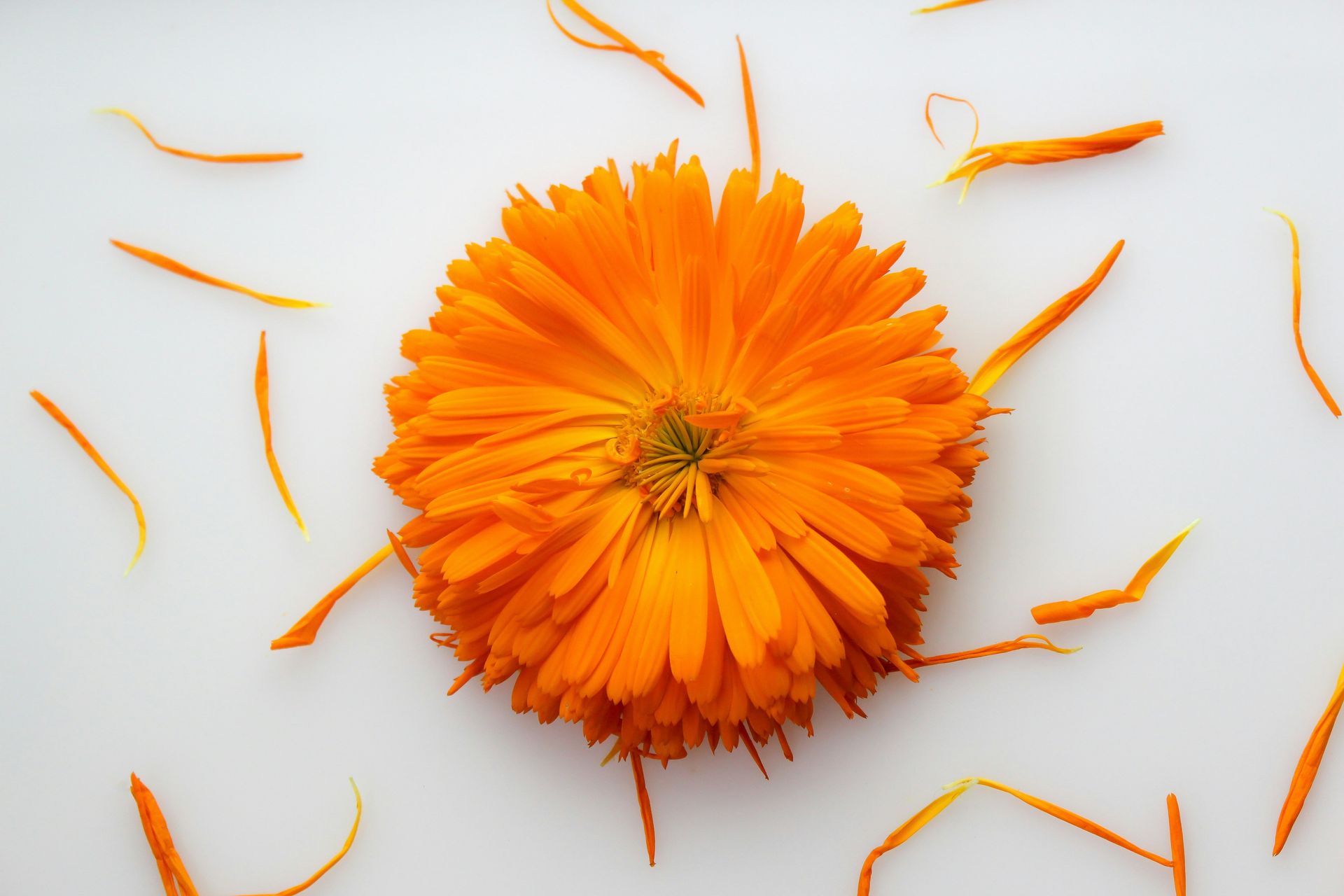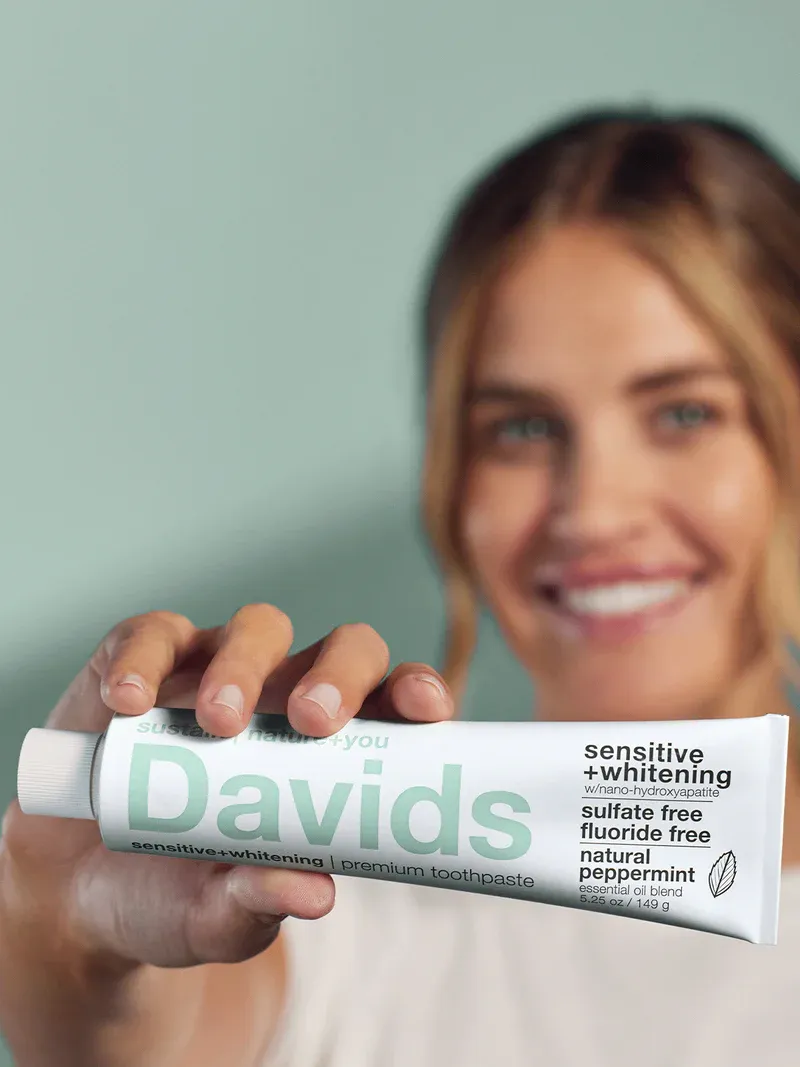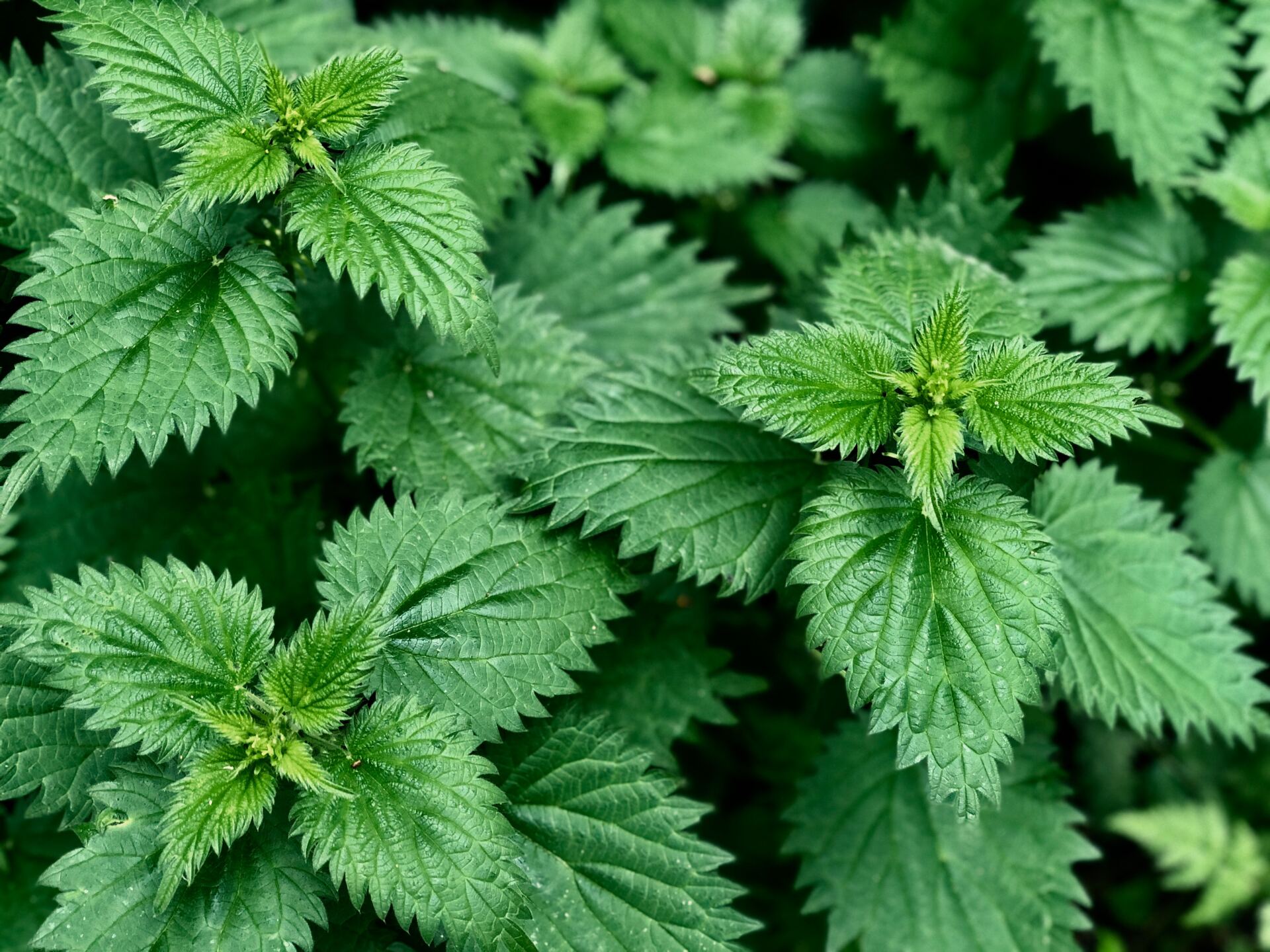








The feet are the foundation of the body. When structure and function of feet are compromised, your overall health is at risk.
If you are one of the nearly 80% of Americans who have reported suffering foot pain, the origin of your problem is or was more than likely your shoes and not your feet.
When we are born, our toes are the widest part of our feet. If we didn’t wear shoes, our toes would remain the widest part of our feet. Instead, starting at about age one – according to sports podiatrist and Correct Toes founder Dr. Ray McClanahan – our toes begin to get squeezed into shoes that are narrower in the toes than the ball. This narrowing of the toe box literally dislocates our toes, and by the time our feet reach adulthood the dislocations may have advanced into the kinds of conditions I often see in my reflexology practice: hammer toes; mallet toes; crossover toes; and of course, bunions.
When toes are squeezed together, the muscles that move them cannot function properly. This often causes tension in the legs, and since the connective tissue, or fascia, that covers the bottom of our feet goes all the way up the back of the legs, up our backs, wrapping over the head to the eyebrows, a malfunction of movement in the feet can easily create problems anywhere in that line of fascia.
Another by-product of having our toes squeezed, or bound closer together, is that nerves can get pinched, which can result in neuromas or other nerve pain or problems.
Improperly-styled and ill-fitting shoes have also been shown to adversely impact the knees. A 2006 Rush Medical College study, for instance, found that “since knee osteoarthritis (OA) is mediated in part by aberrant loading, and since excess loading has shown to be associated with pain and disease progression, these data suggest that modern shoes may exacerbate lower extremity OA.”
In addition to some hip and back pain that could be caused by the adjustments that must be made by the pelvis to even a very modest heel, pelvic organs may also be affected, according to podiatric physician William Rossi. You can read about that in these two articles by Dr. Rossi: “Why Shoes Make ‘Normal’ Gait Impossible” and “Footwear: The Primary Cause of Foot Disorders.”
Any heel height, according to Dr. Robyn Hughes, an associate of Dr. McClanahan’s at the Natural Foot Health Institute and co-founder of Natural Footgear, “impairs normal gait and propulsion and strips your foot of its natural arch support.” The shortening of calves in response to even a low heel could even impact cardiac health. According to Structural Reflexologist Geraldine Villeneuve in her book “Put Your Best Feet Forward,” the extra strain the body has to muster to compensate for the inhibition of calf-muscle function caused by shoes is “similar to driving with the brakes on.” When the calf isn’t working to help pump lymph and venous blood back up to the heart, the cardiovascular system has to work extra hard to do that work.
The good news is there are now several shoe manufacturers such as Lems, Altras, and SoftStar that make shoes without the four features that have been wreaking havoc on our health. There are also products and exercises that can help to stop and even sometimes reverse the negative results of poorly designed, ill-fitting shoes.
I’ll bring a comprehensive list, as well as some shoe samples, to my February 6 presentation at Marlene’s in Tacoma.
Linda Frank is a State and National Board- Certified Reflexologist with offices in Fircrest, University Place and Tacoma. She has studied with Portland podiatrist and founder of The Natural Foot Health Institute Dr. Ray McClanahan and Structural Reflexologist Geraldine Villeneuve. Linda educates about reflexology on radio, tv, in print articles and inperson presentations, and teaches a reflexology certification program at Bellevue Massage School, an affiliate of Bastyr University.









Please give us a call for today’s deli hours as they can vary due to staffing.
Grab and go options are always available until close.
FEDERAL WAY
Monday-Saturday: 8 am - 8 pm
Sunday: 9 am - 7 pm
Please call for current deli counter service hours. Grab and go options available until closing.
2565 S. Gateway Center Place
Federal Way, WA 98003
TACOMA
Monday-Saturday: 8 am - 8 pm
Sunday: 9 am - 7 pm
Please call for current deli counter service hours. Grab and go options available until closing.
2951 S. 38th Street
Tacoma, WA 98409